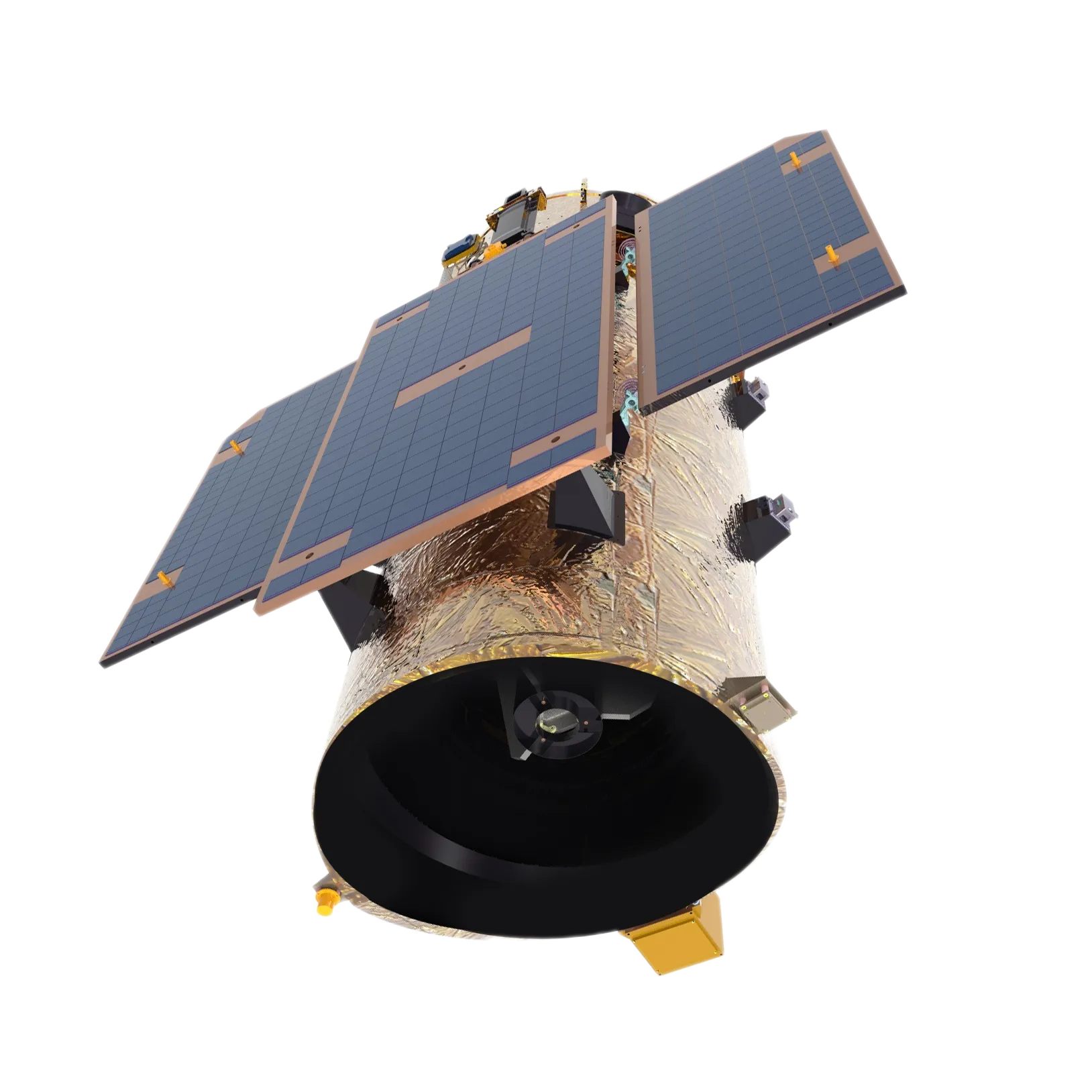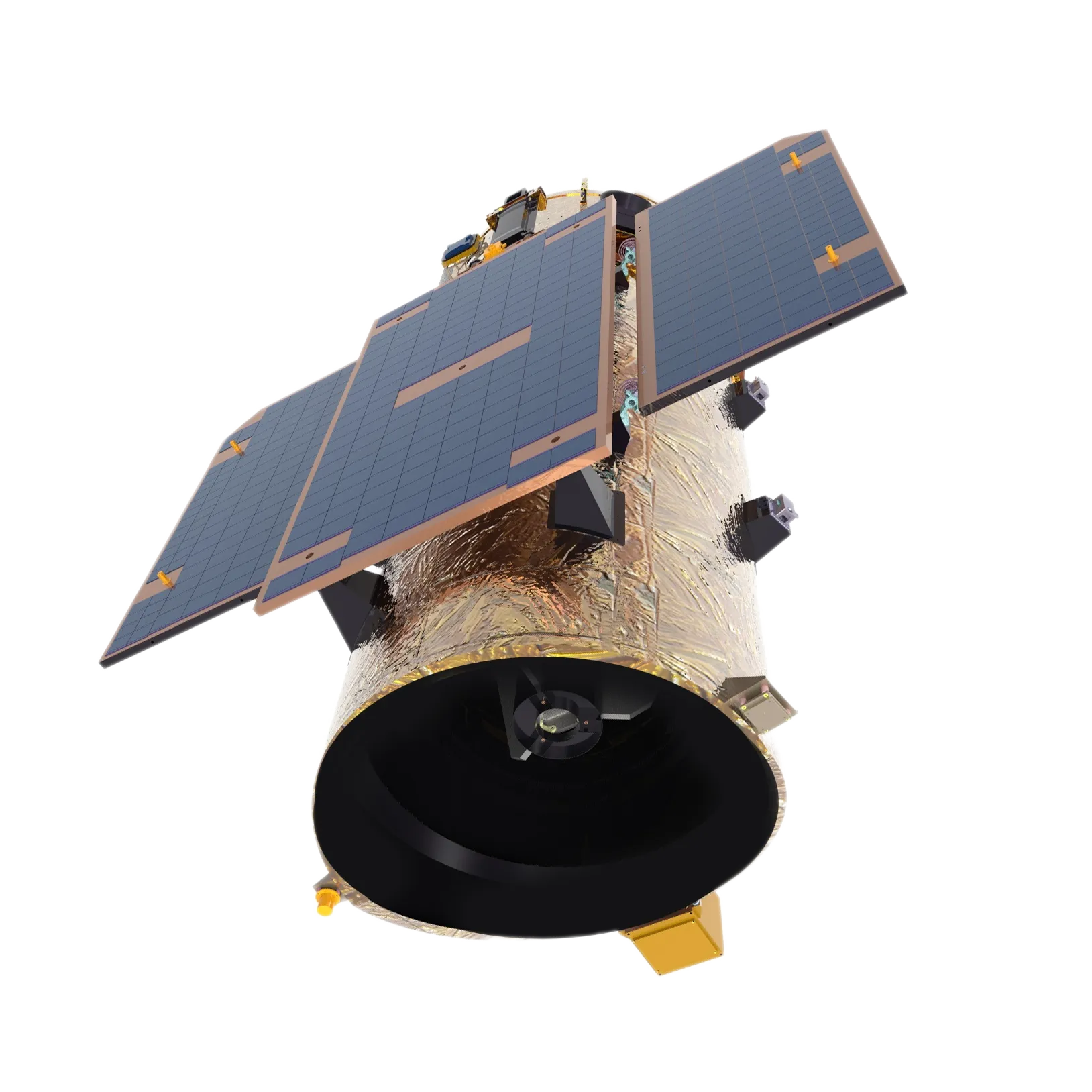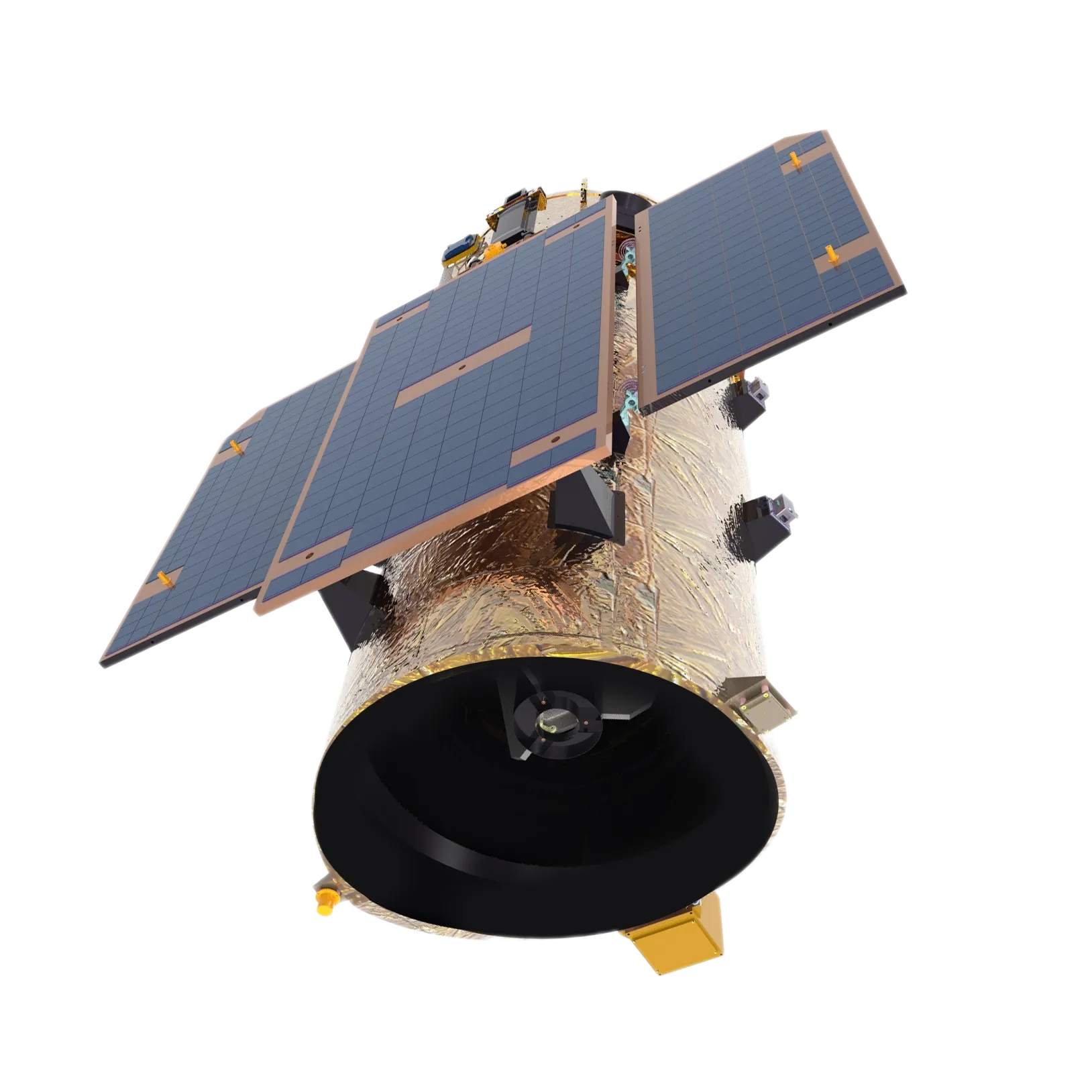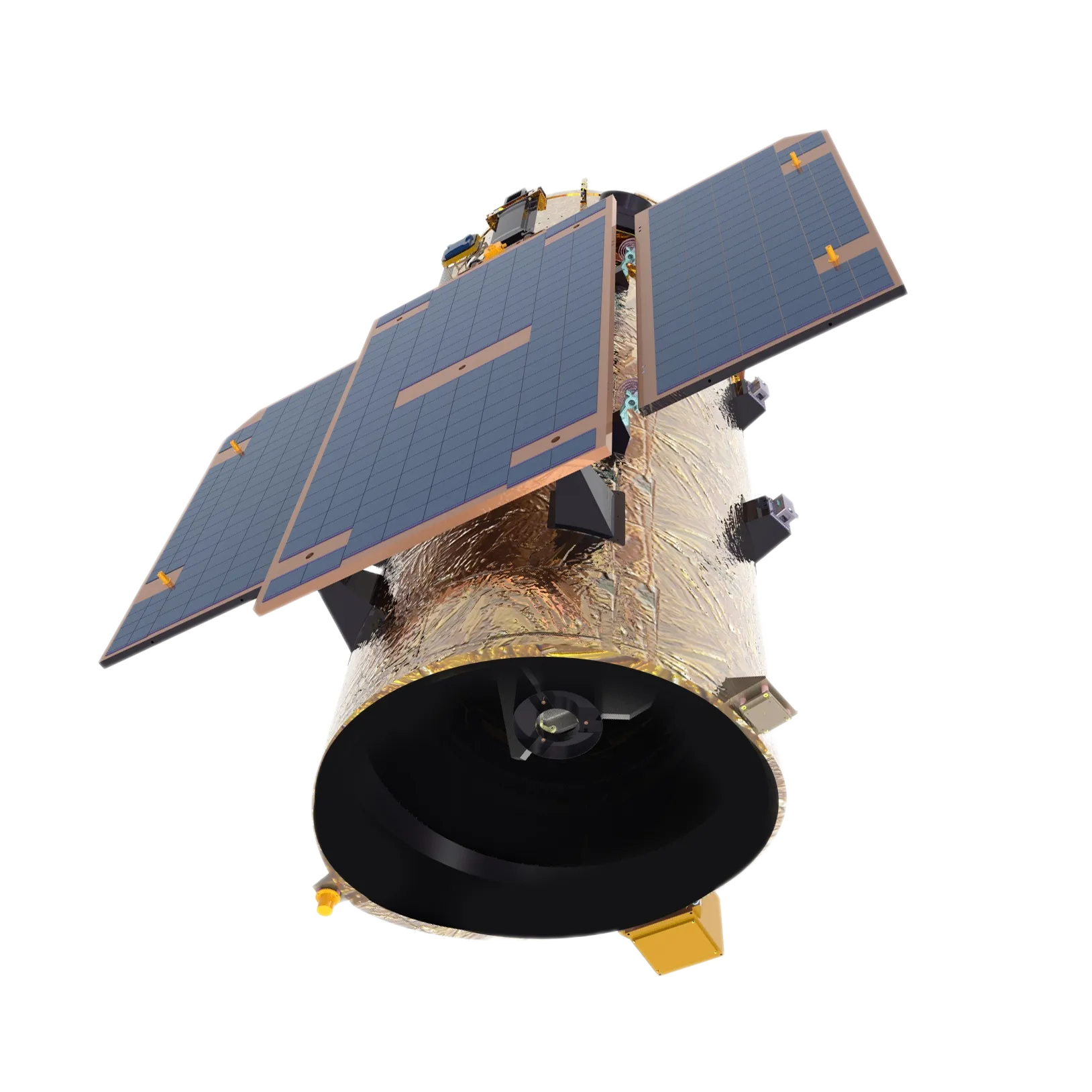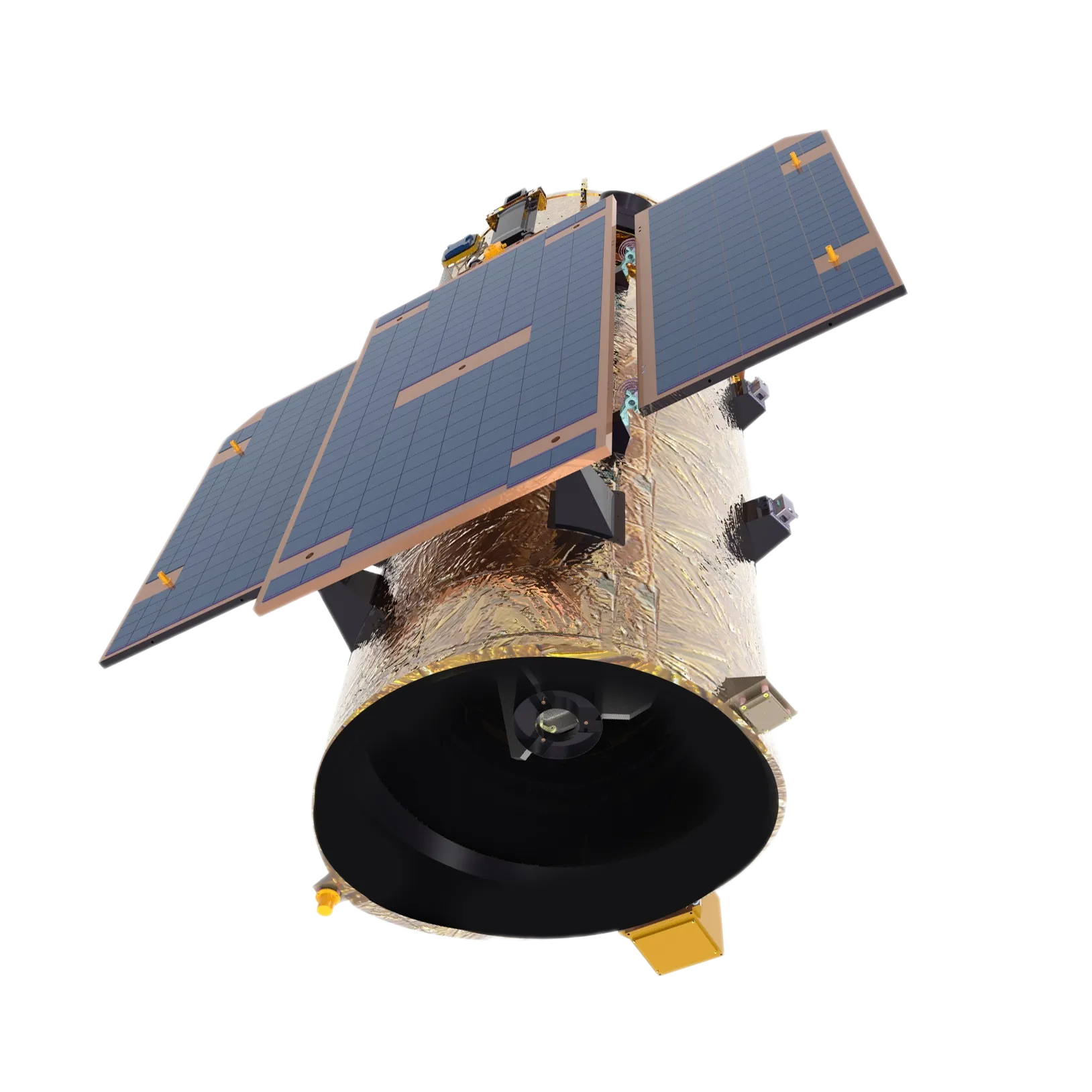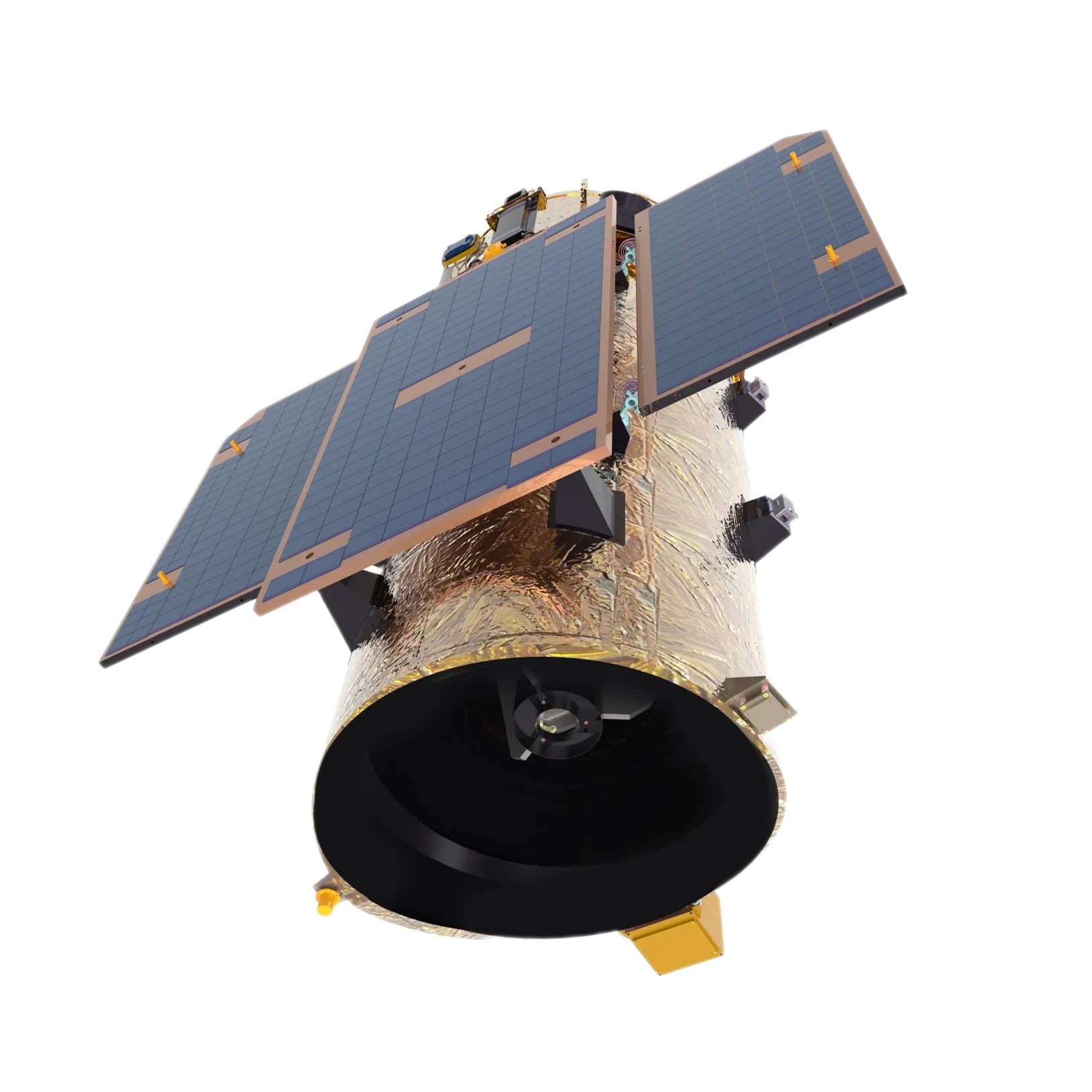
- Afrikaans
- Albanian
- Amharic
- Arabic
- Armenian
- Azerbaijani
- Basque
- Belarusian
- Bengali
- Bosnian
- Bulgarian
- Catalan
- Cebuano
- China
- Corsican
- Croatian
- Czech
- Danish
- Dutch
- English
- Esperanto
- Estonian
- Finnish
- French
- Frisian
- Galician
- Georgian
- German
- Greek
- Gujarati
- Haitian Creole
- hausa
- hawaiian
- Hebrew
- Hindi
- Miao
- Hungarian
- Icelandic
- igbo
- Indonesian
- irish
- Italian
- Japanese
- Javanese
- Kannada
- kazakh
- Khmer
- Rwandese
- Korean
- Kurdish
- Kyrgyz
- Lao
- Latin
- Latvian
- Lithuanian
- Luxembourgish
- Macedonian
- Malgashi
- Malay
- Malayalam
- Maltese
- Maori
- Marathi
- Mongolian
- Myanmar
- Nepali
- Norwegian
- Norwegian
- Occitan
- Pashto
- Persian
- Polish
- Portuguese
- Punjabi
- Romanian
- Russian
- Samoan
- Scottish Gaelic
- Serbian
- Sesotho
- Shona
- Sindhi
- Sinhala
- Slovak
- Slovenian
- Somali
- Spanish
- Sundanese
- Swahili
- Swedish
- Tagalog
- Tajik
- Tamil
- Tatar
- Telugu
- Thai
- Turkish
- Turkmen
- Ukrainian
- Urdu
- Uighur
- Uzbek
- Vietnamese
- Welsh
- Bantu
- Yiddish
- Yoruba
- Zulu
Warning: Undefined array key "array_term_id" in /home/www/wwwroot/HTML/www.exportstart.com/wp-content/themes/1371/header-lBanner.php on line 78
Warning: Trying to access array offset on value of type null in /home/www/wwwroot/HTML/www.exportstart.com/wp-content/themes/1371/header-lBanner.php on line 78
Graphitic Heat-Conducting Film-SpaceNavi Co., Ltd.|High Thermal Conductivity&Lightweight Design
The Graphitic Heat-Conducting Film represents a groundbreaking advancement in thermal management technology, offering unparalleled heat dissipation capabilities. Developed by SpaceNavi Co., Ltd., this innovative material combines high thermal conductivity with flexibility, making it an essential component for industries ranging from aerospace to consumer electronics. This article explores the product's features, technical specifications, applications, and the company's commitment to excellence, supported by authoritative references from the National Institute of Standards and Technology (NIST).
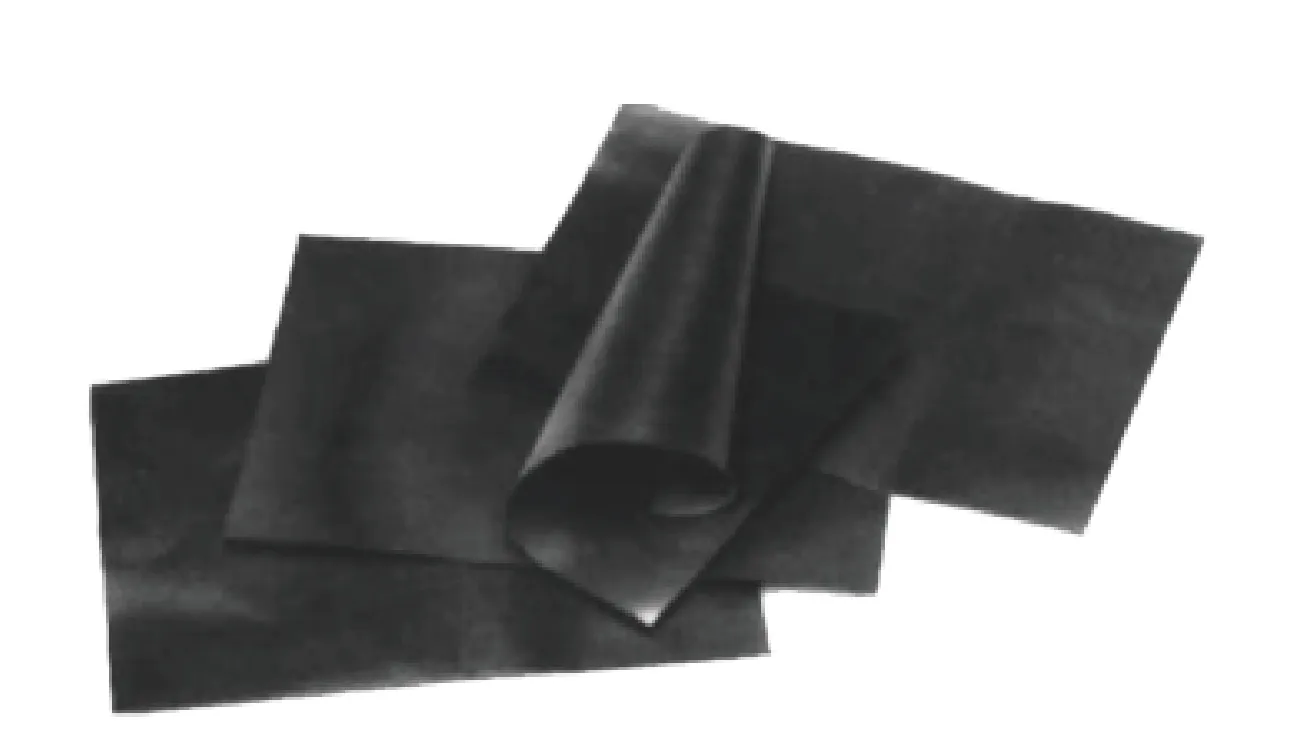
Key Features and Advantages
The Graphitic Heat-Conducting Film is engineered to address the growing demand for efficient thermal solutions in high-performance systems. Its core attributes include:
- Exceptional Thermal Conductivity: With a thermal conductivity coefficient of ≥1500 W/m·K, this film outperforms traditional materials like copper and aluminum, ensuring rapid heat transfer and uniform temperature distribution.
- Ultra-Low Density: At 1800 kg/m³, it is significantly lighter than metallic conductors, reducing weight without compromising performance.
- Flexibility and Durability: The film's thin profile (0.07–0.2 mm) allows it to conform to complex geometries, making it ideal for compact and irregularly shaped devices.
- Wide Operating Temperature Range: Functioning effectively between -150°C and 150°C, it maintains stability in extreme environments, from cryogenic applications to high-temperature industrial processes.
- Short Supply Cycle: With a 10-day supply cycle, SpaceNavi ensures timely delivery to meet urgent production needs.
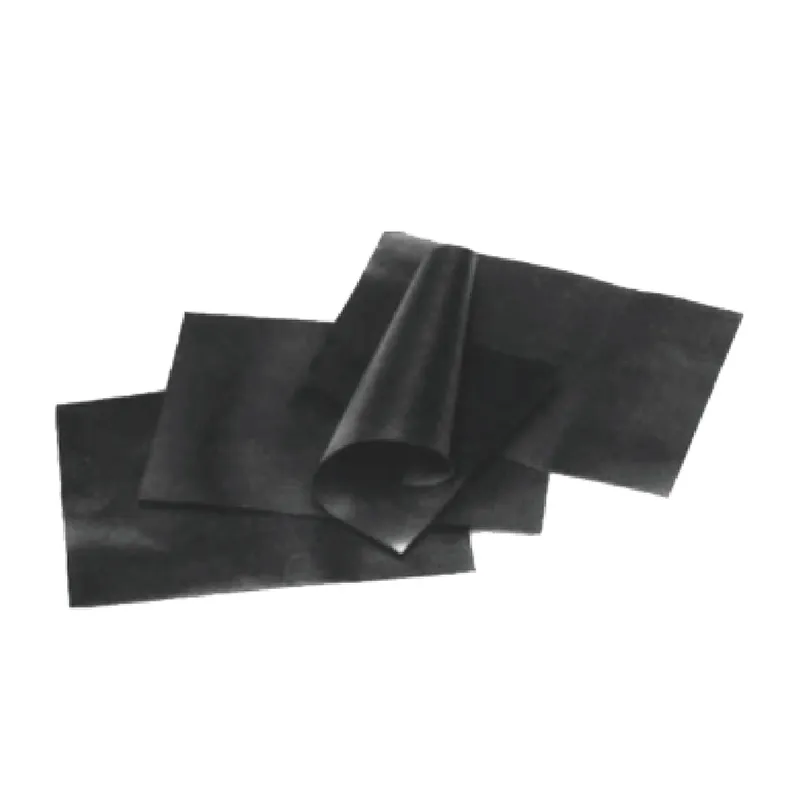
Technical Specifications
| Item | Performance Parameter |
|---|---|
| Operating Temperature (°C) | -150 ~ 150 |
| Heat Conductivity Coefficient (W/m·K) | ≥1500 |
| Thickness (mm) | 0.07 ~ 0.2 |
| Density (kg/m³) | 1800 |
| Supply Cycle | 10 days |
Applications Across Industries
The versatility of the Graphitic Heat-Conducting Film makes it indispensable in various sectors:
- Aerospace and Satellite Technology: Its lightweight and high thermal conductivity are critical for managing heat in satellites and spacecraft. According to NIST, NIST's research on thermal management materials underscores the importance of such innovations in space exploration.
- Consumer Electronics: Used in smartphones, laptops, and gaming consoles, it prevents overheating and enhances device longevity.
- Automotive Industry: Ideal for electric vehicle (EV) battery systems and power electronics, where efficient heat dissipation is vital for safety and performance.
- Industrial Equipment: Applied in high-power machinery and renewable energy systems to maintain operational efficiency.
Company Background: SpaceNavi Co., Ltd.
Based in Ningbo, China, SpaceNavi Co., Ltd. is a leading provider of advanced thermal management solutions. The company specializes in developing materials for satellite assembly, satellite parts, and satellite platforms, aligning with global trends in space technology. With a focus on innovation and quality, SpaceNavi ensures its products meet the rigorous demands of modern industries.
Why Choose SpaceNavi's Graphitic Heat-Conducting Film?
SpaceNavi's product stands out due to its technical superiority and customer-centric approach:
- Customization: Tailored solutions for specific thermal challenges, ensuring optimal performance.
- Compliance: Adherence to international standards, including those validated by NIST.
- Support: Comprehensive technical assistance and after-sales services to maximize product value.
Conclusion
The Graphitic Heat-Conducting Film by SpaceNavi Co., Ltd. exemplifies the fusion of cutting-edge material science and practical engineering. Its remarkable properties and wide-ranging applications make it a cornerstone of modern thermal management. As industries continue to push the boundaries of technology, solutions like this will play a pivotal role in driving innovation and sustainability.
References
NIST (National Institute of Standards and Technology). (n.d.). https://www.nist.gov. Retrieved from https://www.nist.gov.






